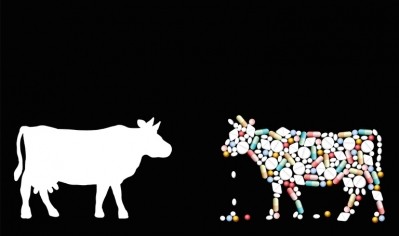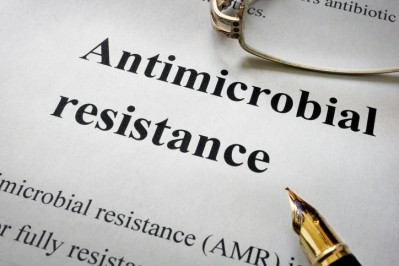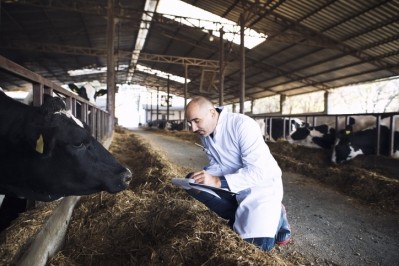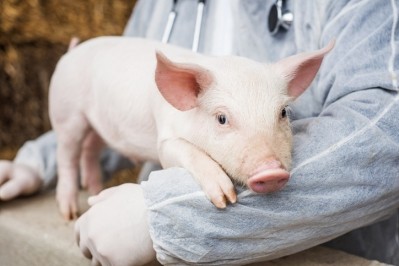Report: Drop in use of antibiotics in EU farming but further decreases could help reduce AMR
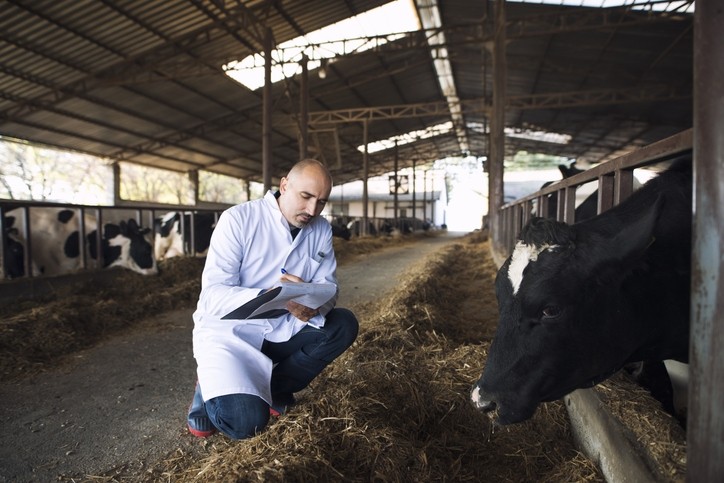
"This is the first time that the EU/EEA population-weighted average antimicrobial (AMC) in humans overall exceeds AMC in food producing animals when measured in mg/kg biomass."
Additional efforts to reduce AMC in animals and in humans, will have a beneficial impact on the occurrence of antimicrobial resistance (AMR), according to the publication released by the European Centre for Disease Prevention and Control (ECDC), the European Food Safety Authority (EFSA), and the European Medicines Agency (EMA).
The report includes data on antibiotic consumption and development of AMR in Europe for 2016-2018.
The significant fall in antibiotic use in monogastrics and ruminants suggests that the measures taken at country level to reduce use are proving to be effective, reads the report.
Use of a class of antibiotics called polymyxins, which includes colistin, nearly halved between 2016 and 2018 in farmed animals: “This is a positive development, as polymyxins are also used in hospitals to treat patients infected with multidrug-resistant bacteria.”
Antimicrobial resistance
The ultimate aim of the report, though, was to provide an integrated analysis of possible relationships between AMC in humans and farmed animals and the occurrence of AMR in bacteria from humans and farmed animals.
The data originate from five different surveillance/monitoring networks coordinated by the agencies and cover the EU member States, two European Economic Area (EEA) countries (Iceland and Norway) and Switzerland (for data on farmed animals).
The data were collected as part of ongoing clinical and epidemiological surveillance/monitoring and not specifically for the purposes of the report.
Resistance in bacteria from humans was associated with resistance in bacteria from food-producing animals which, in turn, was related to antimicrobial consumption in animals, noted the authors.
“The most consistent positive association between AMR in bacteria from food-producing animals and AMR in bacteria from humans was found for Campylobacter spp. This is consistent with, and probably a consequence of the fact that Campylobacter spp. are found in food-producing animals and cause foodborne infections in humans.
“The lack of consistency in the results for Salmonella spp., another food-borne bacterium, is most likely due to differences in the resistance patterns of Salmonella serovars and clonal spread of certain strains across Europe.”
Overall, the findings suggest the need to continue to promote prudent use of antimicrobial agents in terms of infection control and prevention in both humans and farmed animals.
“The high levels of AMC and AMR still being reported in bacterial isolates from both food-producing animals and humans from several countries show that these interventions should be reinforced.”
More robust data
The availability of more detailed and comprehensive AMC data would allow for more refined analyses in relation to AMR data and make the corresponding outputs more robust, concluded the authors.
"AMC data should preferably be collected so that analysis for relevant sub-groups is possible. For example, AMC in the hospital sector versus the community for all EU/EEA countries, or AMC in animal categories that are likely to have characteristic treatment patterns, such as sows and sucklers, slaughter pigs, calves, dairy production, beef production, laying hens, broilers and turkeys.
"Future availability of AMC by animal species and relevant categories, expressed with dose-corrected metrics will help to address this."
The development of the mandatory monitoring of AMR in animals will also provide even more robust data-sets for analysis, they said.
